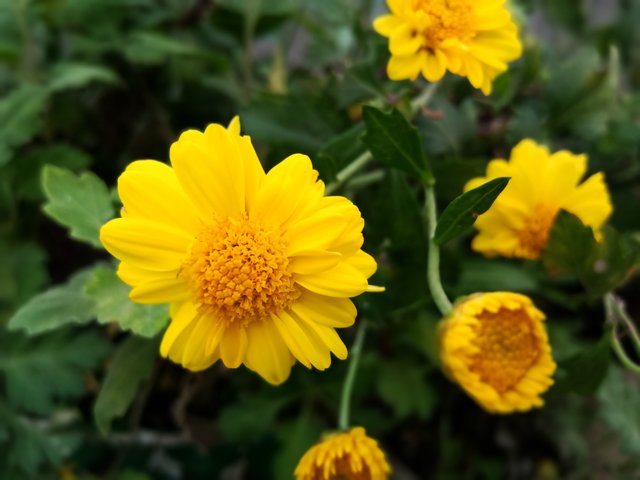.jpg)
Glebionis segetum is a blossoming plant animal varieties usually known as the corn marigold or field marigold. Here are a few insights concerning this blossom:
Appearance: The corn marigold has radiant yellow, daisy-like blossoms that are around 3 cm in width. The blossoms have 13-21 yellow petals and a focal plate of little, rounded, yellow blossoms.

Level: The plant normally develops to a level of 30-60 cm (12-24 inches).
Leaves: The leaves of the corn marigold are substitute, elongated to lanceolate in shape, and can grow up to 10 cm long.
Sprouting season: The corn marigold regularly blossoms from June to October.
Living space: The plant is local to Europe but on the other hand is tracked down in pieces of Asia and North America. It fills in open fields, glades, and upset regions, and is many times thought about a weed.
Utilizes: The corn marigold has been utilized in customary medication to treat different illnesses, including stomach related issues, respiratory issues, and skin conditions. In any case, it very well may be harmful whenever ingested in enormous amounts.
Protection status: The corn marigold is recorded as a types of least worry on the IUCN Red Rundown, yet is viewed as uncommon in certain locales. In certain region, the plant's natural surroundings is undermined by farming heightening and environment annihilation.